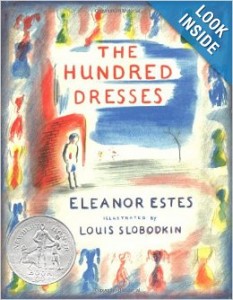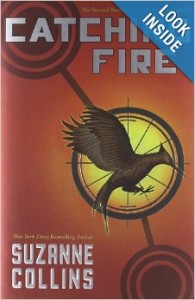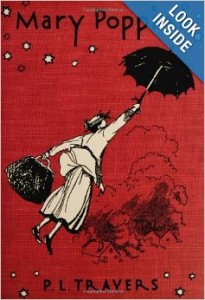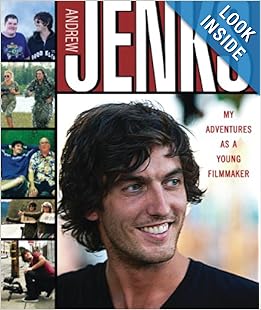We watched two of the movies on my Friday Night Film Club list this past week, one on Thursday night and the other on Friday. And in both cases the person who chose the movie wasn’t there to watch it. Oh, well, the rest of us enjoyed the movies.
 Engineer Husband and I went to see The King’s Speech when it first came out in theaters. It meshed well to watch it again this week after I had just finished watching season one of The Crown, about the first several years of the reign of Elizabeth II, George VI’s daughter and heir. In both The Crown and The King’s Speech, David (aka Edward, Duke of Windsor), the abdicating king and George’s older brother, comes across as a despicable and selfish brat. Maybe he really was. I’m not sure how much happiness he gained by giving up the crown for the sake of his love for the twice divorced Wallis Simpson, but then again he probably wouldn’t have been too happy as king either. George VI and Elizabeth II aren’t exactly portrayed as “happy”, but definitely satisfied with their fulfillment of what they each perceive as their duty to the nation. Anyway, I can recommend both The King’s Speech and the Netflix series The Crown. Much food for thought.
Engineer Husband and I went to see The King’s Speech when it first came out in theaters. It meshed well to watch it again this week after I had just finished watching season one of The Crown, about the first several years of the reign of Elizabeth II, George VI’s daughter and heir. In both The Crown and The King’s Speech, David (aka Edward, Duke of Windsor), the abdicating king and George’s older brother, comes across as a despicable and selfish brat. Maybe he really was. I’m not sure how much happiness he gained by giving up the crown for the sake of his love for the twice divorced Wallis Simpson, but then again he probably wouldn’t have been too happy as king either. George VI and Elizabeth II aren’t exactly portrayed as “happy”, but definitely satisfied with their fulfillment of what they each perceive as their duty to the nation. Anyway, I can recommend both The King’s Speech and the Netflix series The Crown. Much food for thought.
Sully, also based on a true story, was a thought-provoking movie, too. It’s a a 2016 drama, directed by Clint Eastwood and written by Todd Komarnicki, based on the autobiography Highest Duty by Chesley Sullenberger and Jeffrey Zaslow. Sullenberger, aka Sully, is the pilot who landed US Airways Flight 1549 on the Hudson River after a bird strike took out both of the plane’s engines in mid-flight. This heroic landing and the rescue of all 155 passengers and crew on board happened almost exactly eight years ago on January 15, 2009.
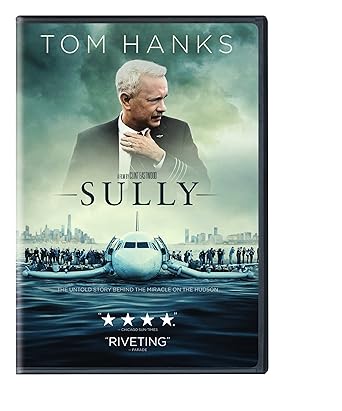 Tom Hanks plays Sully, and as usual, he does an excellent job of making us forget about Tom Hanks and think instead about the pilot and his ability to make a split-second decision that will either save or cost the lives of all the people on board the airplane. Inevitably, I wondered whether I could function as well in a crisis as Sully and his co-pilot did, not a crisis in flying a plane, of course, since I don’t know how, but some other life-threatening crisis where I had to make a life-or-death decision. I just don’t know. How can one train for such a thing?
Tom Hanks plays Sully, and as usual, he does an excellent job of making us forget about Tom Hanks and think instead about the pilot and his ability to make a split-second decision that will either save or cost the lives of all the people on board the airplane. Inevitably, I wondered whether I could function as well in a crisis as Sully and his co-pilot did, not a crisis in flying a plane, of course, since I don’t know how, but some other life-threatening crisis where I had to make a life-or-death decision. I just don’t know. How can one train for such a thing?
If I were to choose one of these two movies over the other to recommend to you, I’d choose Sully, I suppose. Although The King’s Speech is fascinating in a historical sense and as a story of one man overcoming adversity, the “overcoming” involves some misplaced and over-dramatized Freudian analysis of George’s childhood that probably had very little to do with curing his stuttering. But then again, maybe he did stutter because they made him switch from being left-handed to right-handed or because his nanny disliked and mistreated him. Who knows?
Sully is a more straightforward hero story certainly with an obstacle to overcome, namely the investigation after the emergency landing by National Transportation Safety Board, but all’s well that ends well. And as the characters in the movie point out in 2009, “it’s been a while since New York had news this good. Especially with an airplane in it.” After a year like 2016, it’s good to watch a movie about someone competent but humble, and even heroic coming out of New York.
This Friday’s movie will be Alfred Hitchcock’s The Wrong Man with Henry Fonda, Vera Miles, and Anthony Quayle. Watch it with us if you’d like to join in.


